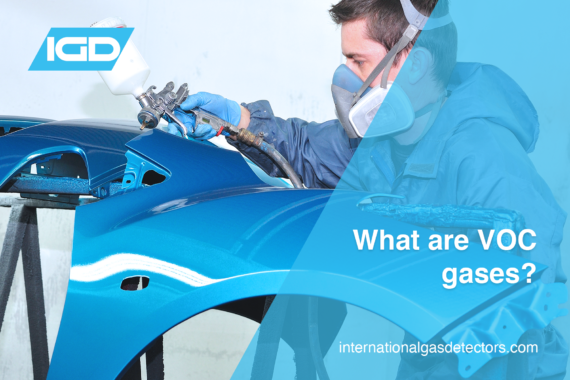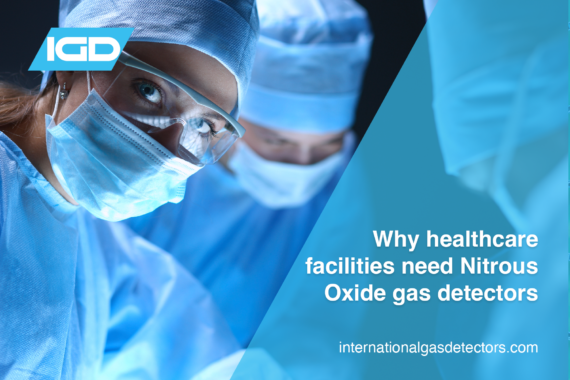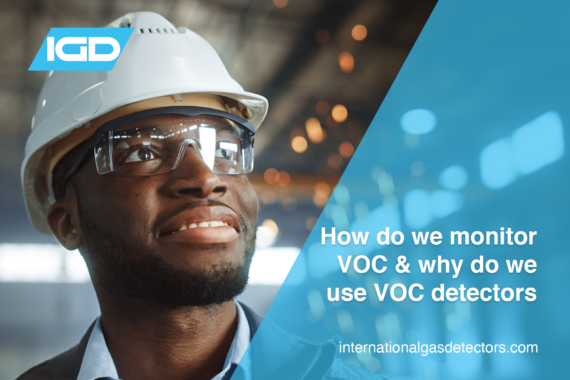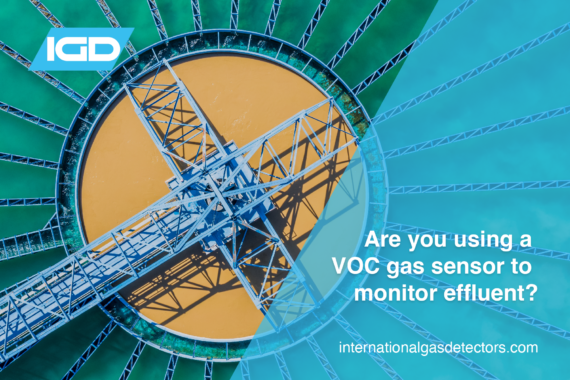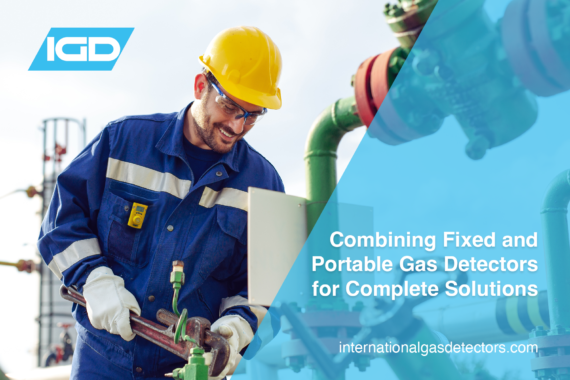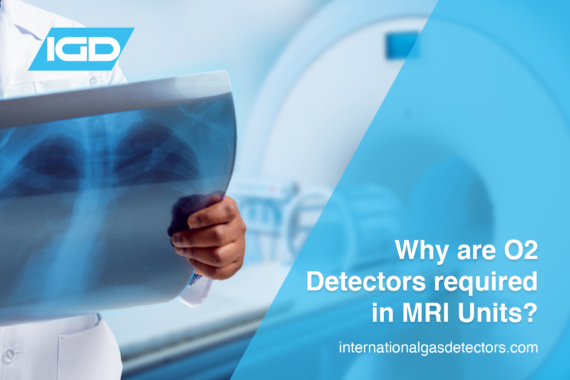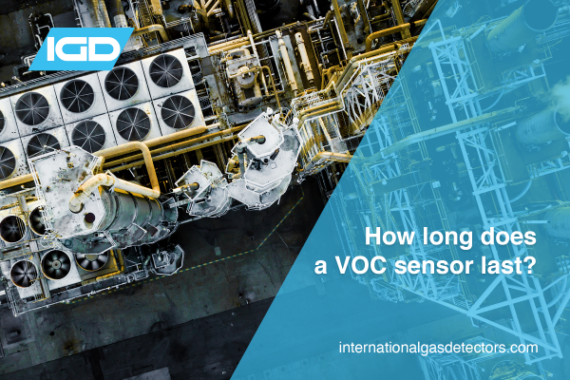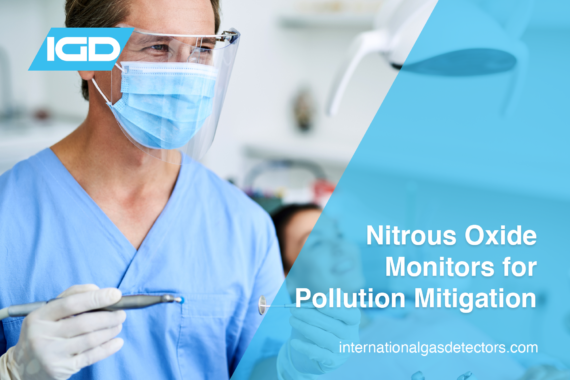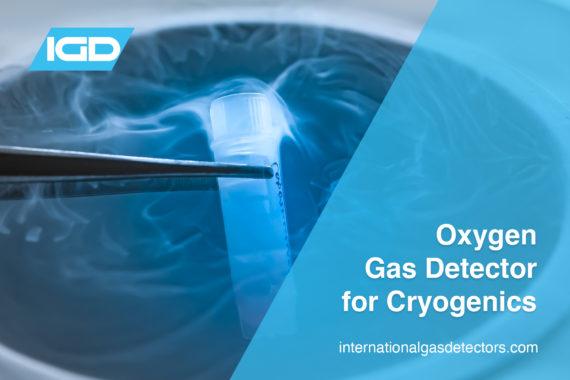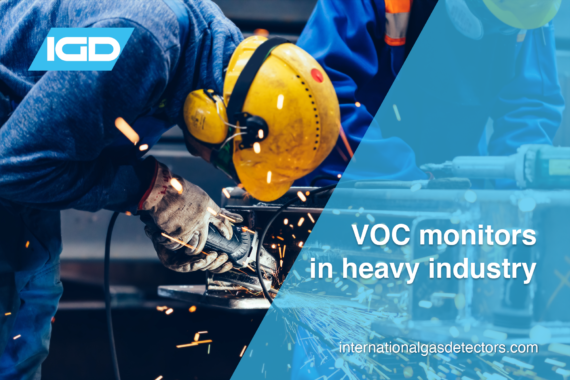What are VOC gases? Where are they found? How can I mitigate the Hazards of VOC’s? These are all vital to consider if working around VOC gases, as VOCs are extremely hazardous gases causing a plethora of health issues. This article answers all of these important questions, as well as suggesting detectably better gas detection equipment in order to help mitigate the presence of VOC gases. Read on to find out more.
Why Healthcare Facilities Need Nitrous Oxide Gas Detectors
N2O is very common in the healthcare industry, used for a wide range of different reasons and being one of the most utilised gases in this industry. It is important to understand what this gas is and where it is used, along with what it is used for to understand why and where you need a nitrous oxide gas detector. It is also vital to understand the dangers of N2O, especially if working in the healthcare industry, as there are common misconceptions to just how dangerous this gas can be. This article delves into all of these things as well as the best available nitrous oxide gas detector solution to keep personnel safe. Read on to find out more.
How Do We Monitor VOCs and Why Do We Use VOC Detectors?
VOC’s are extremely common and can be from surprising sources. Each VOC comes with its own exposure hazards and reasons these need to be monitored, these can be found by accessing each materials Material Safety Data Sheet (MSDS). But how are these monitored? And why do we monitor these gases? These questions will be answered in this article to help provide a basic understanding of VOC gases and the dangers.
Are You Using a VOC Gas Sensor to Monitor Effluent?
Handling and treating effluent presents a wide range of hazards, from confined spaces to the treatment processes. Effluent, wastewater and water treatment also ranges across a wide range of industries, expanding the encounterable hazards significantly. One of these hazards commonly encountered involves VOC gases. These compounds can present a wide range of issues; thus, a VOC gas sensor is extremely useful in this industry. Read on to find out more about the VOCs encountered when monitoring effluent, the hazards and the VOC gas sensor solution on offer.
Combining Fixed and Portable Gas Detectors for Complete Solutions
Gas detectors are usually categorised as either being fixed, portable or transportable. All of these types have a range of methods of detecting gas or vapour hazards and have their own strengths and weaknesses. Selecting the correct solution depends on the circumstance of operation, topography of the site or application and the nature of the gas hazard. For example fixed systems are impractical for sewer workers operating in confined spaces. This type of application suits a portable personal gas detector. Similarly an indoor process in a lab or production facility requires 24 hour monitoring, something a portable detector cannot provide. In some instances a combination of both fixed and portable provides the best solution so correct assessment of the hazard and best available technology to monitor is vital.
Why are O2 monitors required for MRI units?
MRI units are not commonly thought of when talking about gas safety, however these areas can quickly become dangerous when leaks occur. Understanding the dangers of MRI units as well as the gases used within them are vital to understanding why O2 monitors are required in these areas. This article covers all of the essential information in understanding this. Including the gases encountered in these areas to providing you details of IGD’s detectably better solution in O2 monitors.
How Long Does a VOC Sensor Last?
How long does a VOC sensor last? VOC sensors based on Photo-Ionisation technology (PID) are more complex than most other types of gas detector. PID based detectors utilise an Ultra-violet (UV) lamp to ionise the gas sample. The life of the UV lamp is one of the on-going costs of ownership for this type of detector. This article delves into the typical lamp life currently on the market and why it is capped at a certain amount. IGDs specialist knowledge in PID detection however allows us to set the standard with our revolutionary new development in VOC sensor technology. Read our article to learn more about our latest improvement.
Implementing a Nitrous Oxide Monitor for Pollution Mitigation
The recent COP 26 summit in Glasgow made a large amount of promises in regard to pollution management. One of the main focuses of this summit was the mitigation of climate change, including the reduction of N2O gas emissions. Implementing a nitrous oxide monitors is proven to be the most effective way to reduce your N2O emissions, but why do I need to do this? And what is the most suitable, detectably better device for my application? Read on below for the best advice from our team of experts.
Implementing Oxygen Gas Detectors into Cryogenic Applications
The cryogenics industry involves production and handling of materials at very low temperatures, even as low as -196°C. This can be found in a wide range of industries depending on the type of work being undertaken (generally used in the medical sector such as in MRI units and laboratories). A wide range of gases can therefore be found in this industry due to the use of low-temperature liquified gases, meaning gas detection is essential to keep personnel safe from asphyxiation. IGD supply a full range of world renowned oxygen gas detectors, perfect for the cryogenics industry to help in mitigating these hazards, but first it is important to understand the hazards of the cryogenics industry.
VOC Issues in Heavy Industry and How VOC Monitors Can Help
Exposure to harmful volatile organic compounds (VOCs) can cause a variety of acute and chronic health problems. Since VOCs are produced in especially high concentrations in heavy industry, it’s essential for the safety and wellbeing of personnel that reliable and accurate VOC monitors are installed in these environments. In this post, we take a look at what VOCs are, the risks they pose in heavy industry, and how VOC monitors can help minimize these risks.

